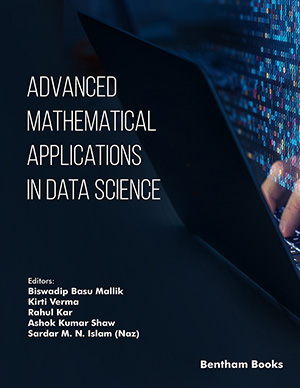Abstract
SHS investigation development is considered from the geographical and historical viewpoint. 3 stages are described. Within Stage 1 the work was carried out in the Department of the Institute of Chemical Physics in Chernogolovka where the scientific discovery had been made. At Stage 2 the interest to SHS arose in different cities and towns of the former USSR. Within Stage 3 SHS entered the international scene. Now SHS processes and products are being studied in more than 50 countries.
Abstract
An Artificial Neural Network (ANN) is a data processing paradigm inspired
by the way organic nervous systems, such as the brain, process data. The innovative
structure of the information processing system is a crucial component of this paradigm.
It is made up of a huge number of highly linked processing components (neurons) that
work together to solve issues. Neural networks handle data in the same manner that the
human brain does. The network is made up of several densely linked processing units
(neurons) that operate in parallel to solve a given problem. They are unable to be
programmed to execute a specific activity. ANN, like humans, learns by example.
Through a learning process, an ANN is trained for a specific application, such as
pattern recognition or data categorization. In biological systems, learning includes
changes to the synaptic connections that occur between neurons. This is also true for
ANNs. Artificial Neural Networks are used for classification, regression, and grouping.
Stages of image processing are classified as preprocessing, feature extraction, and
classification. It can be utilized later in the process. ANN should be provided with
features and output should be classified. This paper provides an overview of Artificial
Neural Networks (ANN), their operation, and training. It also explains the application
and its benefits. Artificial Neural Network has been used to classify the MNIST
dataset.
We recommend

Authors:Bentham Science Books






